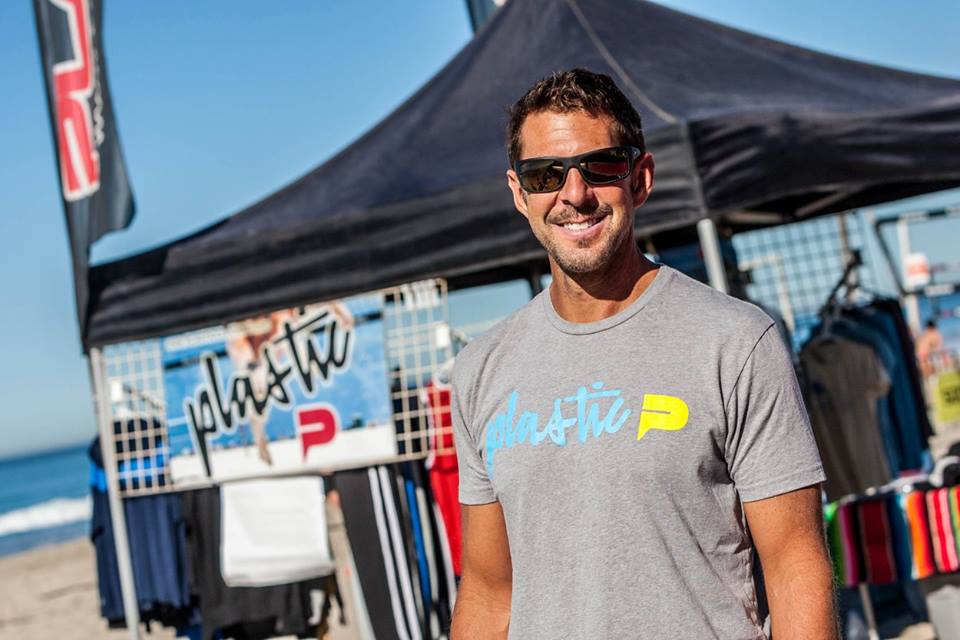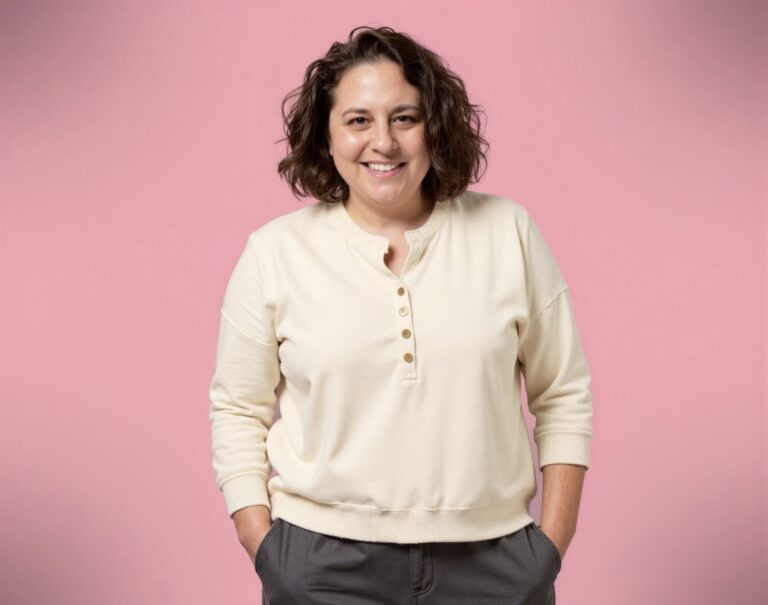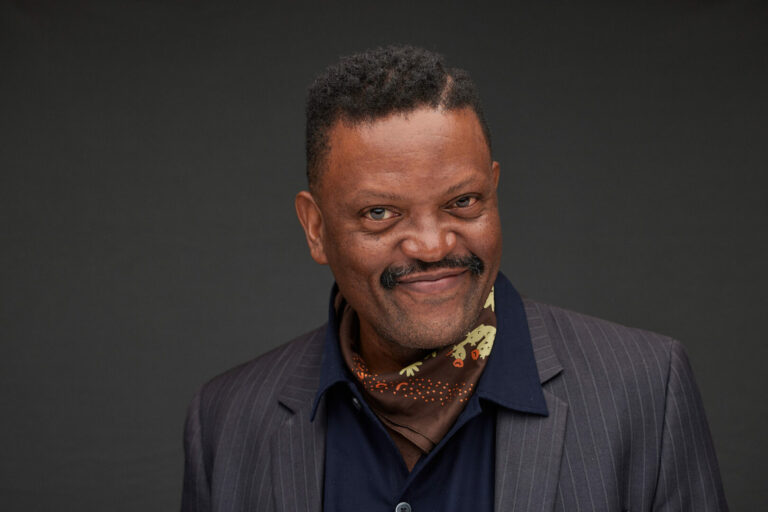We recently connected with Fatemeh Fani Fani and have shared our conversation below.
Fatemeh Fani, thanks for taking the time to share your lessons with our community today. So, let’s jump right in – one of the most essential skills for unlocking our potential is self-discipline. Where does your self-discipline come from?
My self-discipline is deeply rooted in the personal and collective histories that shape my identity as an Iranian woman and an artist. Growing up in an environment where expression was often stifled, I learned early on that the act of creation itself could be a form of resistance. This has instilled in me a relentless drive to push boundaries, not only in my work but in how I live. My discipline comes from understanding that every moment is precious, every opportunity to create is a privilege, and that my art carries the weight of both my personal journey and the broader narrative of those whose voices have been silenced. It is this sense of responsibility, coupled with the intense desire to break free from constraints, that fuels my commitment to my practice, ensuring that my work remains powerful, authentic, and impactful. My self-discipline is not just about routine or structure—it’s a commitment to honoring the stories of those who cannot speak freely, and a dedication to the idea that art can ignite change. It’s a constant reminder that through every challenge I face, the pursuit of truth and the courage to speak it remain my guiding forces, shaping both my work and my life in the most profound ways.


Thanks, so before we move on maybe you can share a bit more about yourself?
I’m an interdisciplinary artist and a recent Iranian immigrant to the united states. When I moved to the U.S., I started a dual yet aligned research focuses on documenting the essence of America through the lens of an outsider from an Islamic country with a distinct cultural background and exploring personal archival photographs, themes of identity and questioning the mandatory hijab. The mandatory hijab is not just a matter of clothing; it is a matter of control, of erasure, of violence. The state views women’s bodies as property, to be hidden, controlled, and policed by the law, and the hijab is symbolic of that power. Since I’ve arrived here, my studio practice has been dedicated to raising awareness of these horrific events, as the people in Iran are denied the media platforms needed to have their voices to be heard. More than half of the news from my country is either censored by the regime or silenced by foreign media. My studio practice is a research project based on my personal traumatic experience as an Iranian woman. By depicting how a simple object, a scarf, loses its primary function and turns into a means of violence, murder, rape, suppression and oppression. By sewing, embroidering, and altering the images, I am transforming these moments of silence into a form of resistance. Each thread I weave represents the reclaiming of my story, my identity, and my voice. The scars, the threads, the ruptures—these are visual metaphors for the violence and trauma that women have suffered under the regime. Embroidery, for me, is a delicate yet powerful way of holding my personal history in my hands, it is a resistance. Every stitch is an act of defiance. I am using art as an act of protest and resistance as well as for advocacy and hopefulness. My Studio Practice entered a new phase which was aimed to express how the identity and humanity of an Iranian woman are stripped away. I started to make self-portraits for both remaking my archival photos and showing the Iranian women’s transition from legible to illegible. But this work is not just personal, these photos speak not only for me. The repetition of the image of this girl (me) serves 2 purposes: a connection to other girls and women who might feel the same, and the necessity of keeping their identities anonymous. The fact that my work is rooted in a deeply personal and lived experience is what makes my voice and practice distinct. As an Iranian woman who has always been a victim and witness of discrimination, limitation and restriction I am truly proud of myself because I have learned everything the hard way. Where I stand in life today didn’t come easily–I have fought for it, and I am still fighting. Hope is my most powerful and valuable weapon. It is the hope for a brighter future that keeps me moving forward.


There is so much advice out there about all the different skills and qualities folks need to develop in order to succeed in today’s highly competitive environment and often it can feel overwhelming. So, if we had to break it down to just the three that matter most, which three skills or qualities would you focus on?
In my journey, three qualities have been particularly impactful: hard work, bravery, and hope. These qualities have shaped the core of my practice and identity. As a tireless individual, I’ve learned that dedication and perseverance are the foundations of any meaningful work, especially when faced with the challenges of creating in a context of suppression. Bravery has been essential, not just in the physical sense of standing up against oppressive forces, but in the emotional courage required to expose the most intimate aspects of one’s soul through art. Hope, though sometimes fragile in the face of adversity, is a powerful force that keeps me grounded and moving forward. It allows me to see beyond the immediate struggles and believe in the possibility of change, both for myself and for the collective. These three qualities have fueled my evolution as an artist and activist, constantly driving me to break boundaries and remain true to my mission.
For those early in their journey, my advice is simple: believe in yourselves and your ideas, no matter how difficult the path may seem. Trust that the risks you take, the sacrifices you make, and the obstacles you face will only serve to strengthen your voice. Don’t be afraid to push the limits of your creativity and take chances, for it is through risk that true innovation and personal growth emerge. The world needs bold thinkers, artists, and activists who remain unwavering in their commitment to create and fight for what they believe in. Keep creating, stay persistent, and never let doubt extinguish the fire within you. The journey is long, but the impact of your work is immeasurable.


We’ve all got limited resources, time, energy, focus etc – so if you had to choose between going all in on your strengths or working on areas where you aren’t as strong, what would you choose?
I believe it’s important to spend time on the areas where we’re weak because that’s where real growth happens. Relying only on our strengths can make us feel safe, but it can also keep us stuck in one place. Strengths are important, but they’re only part of the picture. When we invest in the parts of ourselves that feel unfamiliar or underdeveloped, we gain new tools, new ways of thinking, and often, unexpected confidence. I pushed myself to develop technical skills that didn’t come naturally at first, and over time, those efforts gave me more control and freedom in my creative process. Working on our weaknesses doesn’t mean giving up what we’re good at—it means expanding who we are.
Contact Info:
- Website: https://fatemehfani.weebly.com
- Instagram: fatemehhh_faniii
- Linkedin: https://www.linkedin.com/in/fatemehfani


so if you or someone you know deserves recognition please let us know here.




